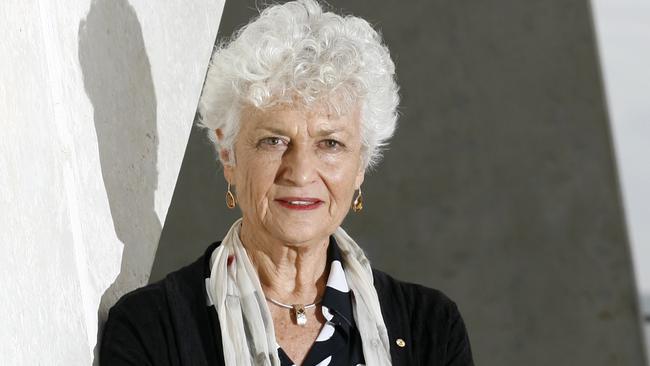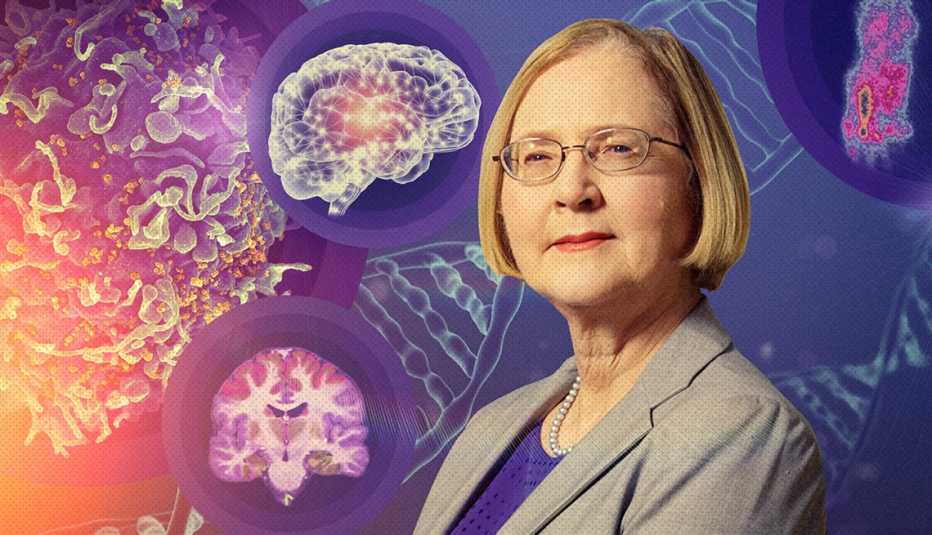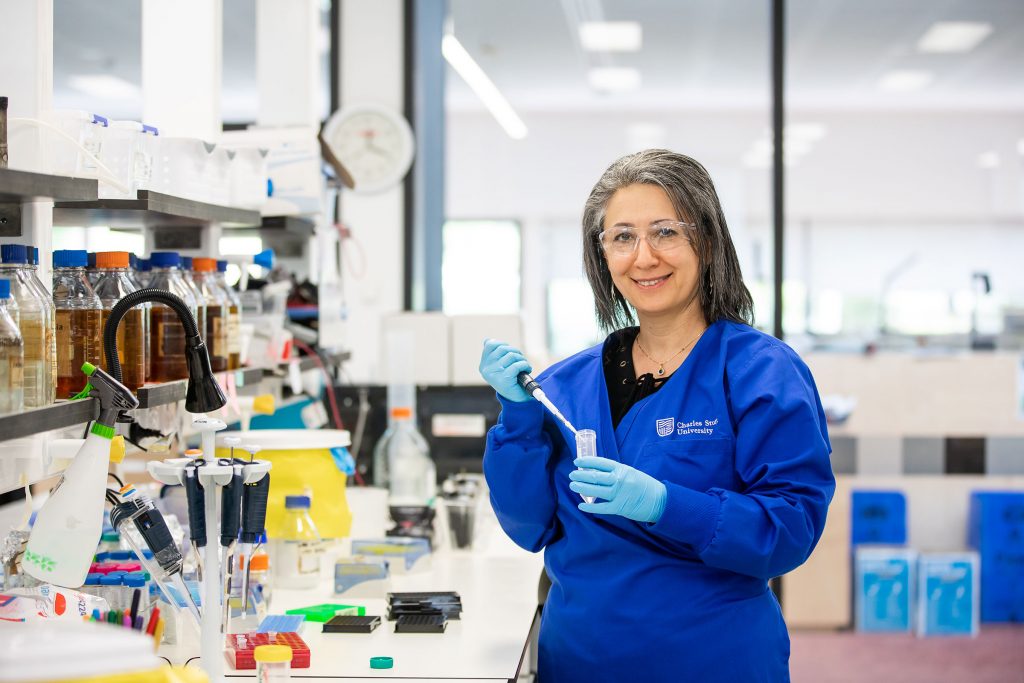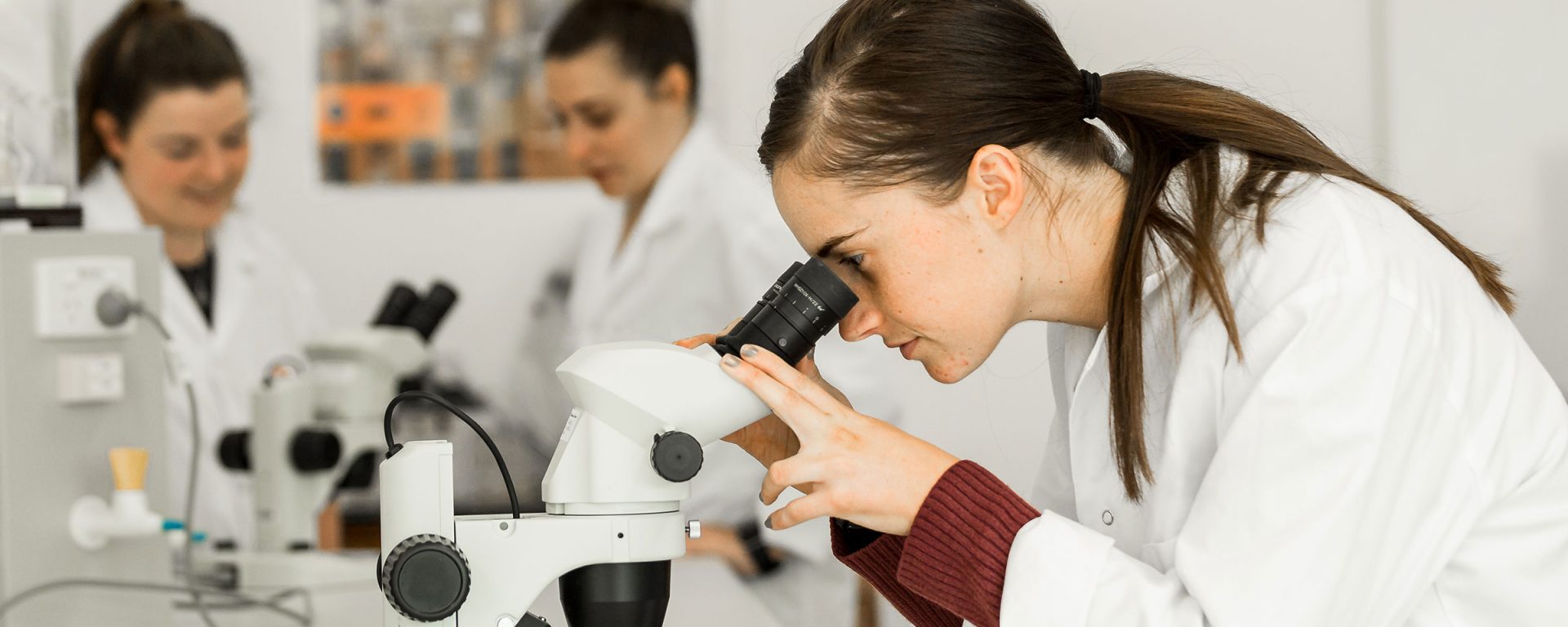In the world of science, technology, engineering and mathematics (STEM), discoveries are being made every day. The people who work in the industry are resilient, innovative and determined to push things to new heights. Within this narrative lies a hidden gem, too often overlooked – the contribution of women in STEM. They have forged new paths, broken barriers and excelled in fields historically dominated by men.
So let’s take a moment to celebrate a few of these incredible women who inspire us with their dedicated pursuit of knowledge.
Hedy Lamarr
Perhaps you know Hedy Lamarr from her appearances in classic old-school films like Samson and Delilah and Algiers. But did you know she was also an inventor? And that her ideas laid the groundwork for the wi-fi you are probably using to read this?
It’s true!
During World War II Lamarr, alongside composer George Antheil, conceived the frequency hopping spread spectrum (FHSS). The idea was to alternate the radio signal frequencies that were being used to manoeuvre radio-controlled torpedoes rapidly between the transmitter and the receiver. This ‘scrambling’ made it much harder for enemy operators to jam the signal and steer the torpedoes off course.
Today, and within military contexts as well, this frequency hopping technology is used in wi-fi, Bluetooth, GPS, and the Internet of Things to make wireless communication more secure and resistant to interference.
Fiona Stanley

Fiona Stanley works in the field of epidemiological studies. Primarily she investigates the causes and risk factors for birth defects and childhood diseases. That means looking at how things like nutrition, parenting practices and exposure to environmental toxins shape cognitive, behavioural and physical developments in children.
Her work has given us a new understanding of how early life experiences impact long-term health and wellbeing. And this has led to many public health initiatives to help give children the best start in life – such as promoting folic acid fortification of food and prenatal supplementation programs, which can reduce the risks of brain and spine birth defects.
Stanley’s research has also fed into policies concerning prenatal care, infant nutrition, immunisation and early intervention services, all with the overarching goal of reducing infant mortality, morbidity and disability.
Fiona Stanley is one of the Australian women in STEM truly making a difference to people’s lives.
Katherine Johnson
Getting a rocket out into space and back safely requires the kind of mathematical knowledge that only a few people have.
Katherine Johnson was one of them.
Her work centred on calculating spacecraft trajectories, meticulously determining the paths rockets needed to follow for safe travel to and from Earth. This involved mastering the principles of orbital mechanics, analysing factors like gravitational forces, to ensure precise predictions of spacecraft movement. Johnson’s calculations were instrumental in determining the best times for launch, minimising fuel consumption, and calculating reentry trajectories, all vital aspects for the success and safety of space missions. She was part of the Space Task Group during the Mercury program, contributing to Alan Shepard’s historic flight in 1961 to become the first American to travel into space. Later she was integral to the success of the Apollo 11 mission, the first moon landing, in 1969.
In 2015, President Barack Obama awarded Johnson the Presidential Medal of Freedom, the highest civilian honour in the United States, in recognition of her trailblazing role for African American women in STEM and her contributions to space exploration.
Ada Lovelace
Ada Lovelace, born in 1815, is now celebrated as one of the world’s inaugural computer programmers. She collaborated with Charles Babbage, a prominent mid-19th century mathematician and inventor who originated the concept of a digital programmable computer.
Lovelace’s work was crucial to Babbage’s ideas. She translated and augmented an article on Babbage’s Analytical Engine, a pioneering mechanical general-purpose computer. In her notes, published in 1843, she not only detailed algorithms for computing complex equations but also came up with the concept of a programmable machine.
This visionary insight marked her as the progenitor of computer programming; she recognised the potential for these machines to perform diverse tasks beyond simple calculations. For more than just crunching numbers, she also envisioned machines capable of composing music, generating graphics and even engaging in abstract reasoning. Her foresight laid the groundwork for modern computer programming, fundamentally shaping our understanding of what computers can achieve.
Elizabeth Blackburn

IMAGE: GLUEKIT
Elizabeth Blackburn is an Australian-American molecular biologist. In the late 1970s, in collaboration with Jack Szostak, she discovered telomeres. These are protective caps at the ends of your chromosomes. Your chromosomes are the parts of your cells where your DNA is located. As your cells divide, the chromosomes need to replicate. This ensures each cell nuclei has a full set of chromosomes in it. Telomeres help prevent genes from being lost while this happens. However, as they do so, they get shorter.
Consequently, telomere shortening is a major contributor to the ageing process and the development of disease.
In 1985, Blackburn, along with Carol Greider and Szostak, made a major breakthrough by identifying telomerase. This is the enzyme crucial for maintaining telomere length. Her discovery reshaped our comprehension of how cells age and its implications for cancer biology.
Moreover, this groundbreaking work earned Blackburn and her colleagues the Nobel Prize in Physiology or Medicine in 2009. This made Blackburn the first Australian woman to receive a Nobel Prize in any discipline.
Join the women in STEM making a difference
Do you want to make new discoveries? Or follow your passion for science, technology, engineering or mathematics? At Charles Sturt, you can. We have a thriving community dedicated to pushing the boundaries and finding solutions to real-world challenges.
Join them.
Explore our STEM courses. Or give our friendly team a call to get all your questions answered.



You must be logged in to post a comment.